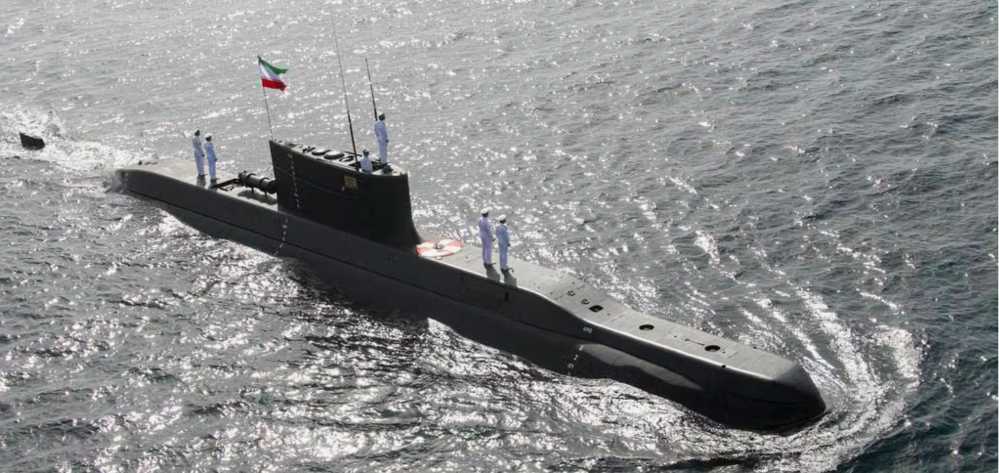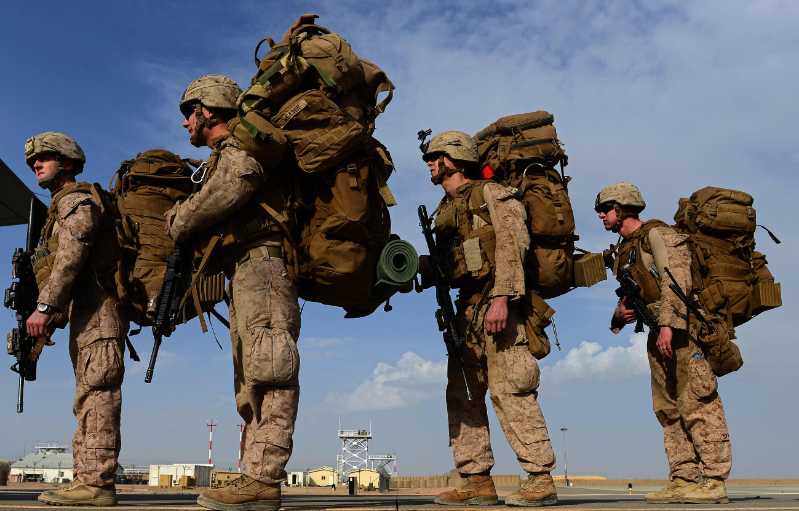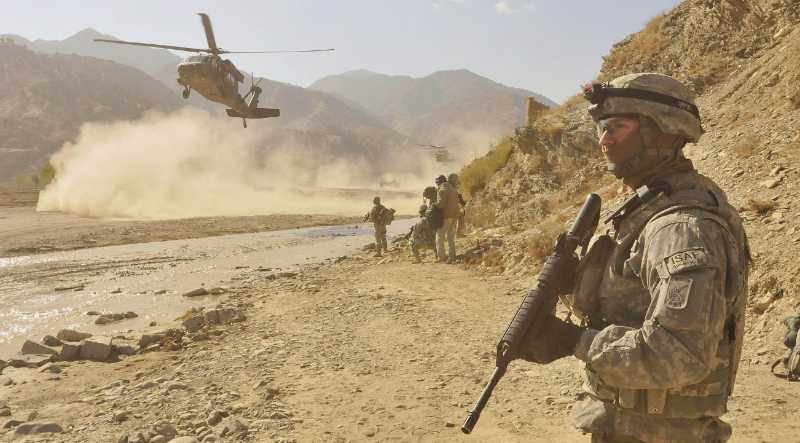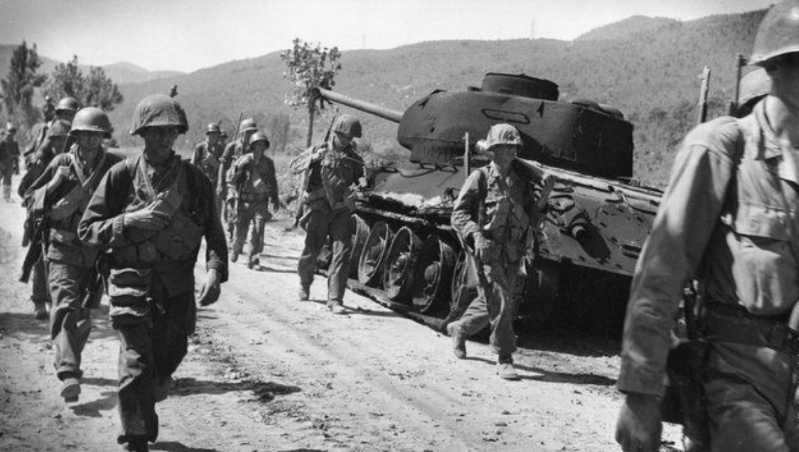Local time On January 14, 2021, the Iranian Navy’s "Power" 99 military exercise in the Gulf of Oman and the northern waters of the Arabian Sea entered its second day. Iran’s latest domestically produced submarine, the Fateh class, launched a torpedo for the first time in the exercise and successfully hit the target. Previously, this class of submarines made its debut in the Iranian Navy exercise in September 2020. On June 9, 2017, the US National Interest magazine published an article titled "Iran is building a new domestically produced submarine that will be equipped with a torpedo weapon that the US Navy cannot match." The article pointed out that Iran’s new domestically produced submarine, the Fateh class, will be equipped with the "Whale supercavitating torpedo." The speed of this type of torpedo is as high as 170 knots, which is more than three times the speed of a typical modern torpedo. In 2006, Iranian TV broadcast the first test of the "Whale" torpedo. After that, Iran conducted new tests on the "Whale" torpedo in 2015 and 2017, but the test results were not disclosed to the outside world. Since then, as the conflict between the United States and Iran has intensified, the performance of the Fateh-class equipped with "whale torpedoes" and its potential impact in the future have increasingly attracted the attention of various countries.
Performance improvement unveiled
The first Fateh-class submarine was launched in September 2013, with the hull number 961 at the time. After years of testing and trials, it was officially put into service on February 17, 2019, and the hull number was changed to 920. The second submarine was launched in 2015 and is currently in the testing stage. Foreign media believe that it will take some time for the submarine to be put into service. According to Iran’s Fars News Agency, the development of the Fateh-class has concentrated most of Iran’s top scientific research institutions and enterprises, including more than 120 equipment manufacturers, more than 80 high-tech companies, 57 universities and 195 research center. The completion and commissioning of the Fateh class shows that Iran has become one of the few countries in the world that can independently design and build submarines.
There are some differences in the reports of the overall performance of the Fateh class by the media of various countries. The relatively consistent statement is: the surface displacement of the Fateh class is 527 tons, the underwater displacement is 593 tons, the length of the boat is 48 meters, and the cross-sectional diameter of the pressure-resistant hull is 4.4 meters; the maximum surface speed is 11 knots, the maximum underwater speed is 14 knots, the normal working depth is 200 meters, the maximum diving depth is 250 meters, and the self-sustaining capacity at sea is 35 days; the main engine is a diesel generator set, using a single-axis propulsion and a 5-blade propeller; equipped with 4 533 mm torpedo tubes, a total of 6 torpedoes and anti-ship missiles can be carried, in addition to the 4 mines in the torpedo tubes, there are 2 spare torpedoes; or only 12 mines are carried. At present, Iran’s active mines are mainly MDM and UDM imported from Russia. series, which can be laid using 533mm torpedo tubes. Each mine has a charge of 1,100 kg and can be detonated by sound, magnetic field or pressure, with an explosion radius of 50 to 60 meters. Calculated from the displacement of the Fateh class, its reserve buoyancy is about 12.5%, which can be judged as a typical single-hull submarine.
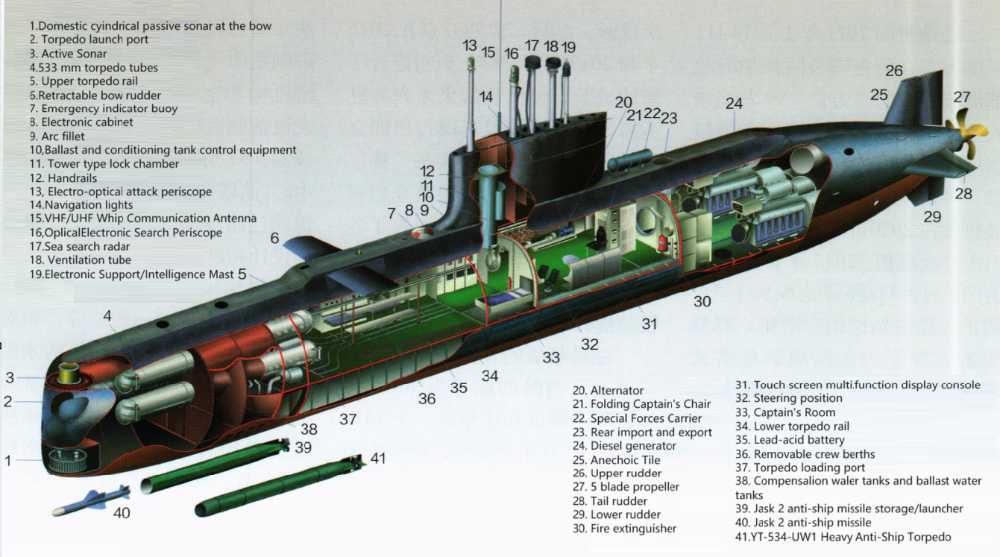
In terms of line type, submarines can basically be divided into three types. The first type is the conventional line type. Its basic characteristics are that the bow is upright, the tail is flat, and most of them are equipped with two propellers. Conventional line type submarines focus on surface navigation performance, but have poor underwater navigation performance, and their underwater speed is not high, mainly medium and low speed. The second type is the teardrop line type. The hull is spindle-shaped, with a blunt bow and a thin and pointed cone at the tail. It is equipped with only one propeller, which is located at the end of the rear end of the stern. Teardrop-shaped submarines focus on underwater navigation performance, and are mainly medium and high speed underwater, but their surface navigation performance is poor. Nuclear submarines and typical conventional submarines in the 21st century basically adopt the teardrop line type. The third type is the transitional line type. The bow adopts the typical upright bow column shape, while the tail is a teardrop-shaped submarine cone, and there is a propeller at the end of the tail. The transitional line type submarine actually combines the bow of the conventional line type submarine with the tail of the teardrop-shaped submarine. It is for this reason that the navigation performance of submarines with transitional lines is between that of teardrop-shaped submarines and conventional line-shaped submarines, that is, their surface navigation performance is better than teardrop-shaped submarines, and their underwater navigation performance is better than conventional line-shaped submarines. From the appearance, the Fateh class adopts a transitional line, which can be inferred that its underwater speed is not high and belongs to the category of medium and low speed.
The Fateh class is very similar to the German Type 206, Yugoslavia’s Type 821 and Type 831 submarines. Under the first torpedo tube of the Fateh class, a cylindrical bow sonar is arranged. Although the size of the base array is limited, it is speculated that its performance is far better than the sonar on the Ghadir-class mini-submarine previously built by Iran.
The Fateh class conning tower is about 7 meters long and 2.5 meters high, accounting for about 1/7 of the length of the boat, and the size appears slightly larger. According to foreign media, there are a total of 11 masts arranged in its conning tower, including 1 optoelectronic attack periscope and 1 optoelectronic search periscope. Other masts may include radar and electronic intelligence sensors for target acquisition. In addition, the layout of the conning tower is obviously closer to the tail, almost in the middle of the hull. The position of the conning tower is so far back, which is rare in the design of new conventional submarines in various countries. The only submarines in service that can "comparable" with it are a few models such as Norway’s Ula class, Indonesia’s 209/1300 type and North Korea’s Sinpo class.
The superstructure of the Fateh class has a peculiar appearance. Starting from the bow, the superstructure is straight. After extending about 10 meters toward the tail, it is lifted to a certain height. The retractable bow horizontal rudder is arranged in the lifted superstructure, and then the superstructure continues to extend to the tail until it ends at a position nearly 10 meters away from the tail end. Another noteworthy appearance feature is that the front edge of the conning tower is connected to the superstructure at the root. This arc-shaped joint is called a fillet structure, which was first adopted by the Seawolf-class attack nuclear submarine developed by the US Navy in the 1990s. The root of the conning tower adopts an arc-shaped fillet shape, which can not only reduce the underwater navigation noise of the submarine, but also increase the underwater speed. Therefore, since the beginning of the 21st century, nuclear submarines or conventional submarines designed and built by many countries have adopted the design of filling the corners of the conning tower, which has become one of the important appearance symbols of modern submarines. The modern design concept of the Fateh class can be seen from this.
It is also necessary to point out that a vertical gangway is set on the port side of the outer conning tower of the Fateh class. According to analysis, this is because the lock chamber for divers to enter and exit the submarine is set in the conning tower, so divers must use the gangway when entering and exiting the submarine.
After the first boat was outfitted, Iran installed a special forces equipment transport device on the upper deck behind the conning tower, which is mainly used to store inflatable boats and weapons and equipment that cannot pass through the lock chamber on the boat.
The Fateh class is equipped with two types of torpedoes, one is the YT-534-UW1 heavy anti-ship torpedo independently developed by Iran, and the other is the "Whale" supercavitating torpedo with an amazing speed. Outside analysts believe that the "Whale" is most likely developed based on Russia’s VA-111 "Storm" supercavitating torpedo, and has now entered the mass production stage. For Iran, the Fateh class is currently the best carrier platform for the "Whale".
In addition, the Fateh class is also equipped with the "Jask" 2 new submarine-launched anti-ship cruise missile. According to the Iranian military, during the Velayat-97 military exercise held in February 2019, the Ghadir-class mini-submarine launched a "Jask" 2 from underwater for the first time. The outside world has different evaluations on the performance of this type of missile. One view is that it has both land attack capabilities and another view is that it only has anti-ship capabilities.
In general, the Fateh class is equipped with advanced technical equipment such as diesel-electric power systems, integrated combat management systems, anti-ship missile systems, torpedo systems, sensor systems, electronic warfare systems and integrated communication systems. Although the combat performance exceeds that of the Ghadir class, the Fateh class has almost no anti-submarine combat capability and is still very noisy, and is still mainly suitable for anti-ship operations. Analysts point out that Iran may build Fateh class in batches in the future, or build larger submarines to replace the old Kilo class in service.
Connecting the past and the future, high hopes are placed
The Iranian submarine force was officially established in 1987. In 1988, Iran spent $1.8 billion to sign a contract with the Soviet Union to purchase three Kilo-class submarines (877EMK type), and the three submarines were successively delivered to Iran by Russia from 1992 to 1996. Immediately afterwards, Iran began to cooperate with foreign countries in the early 1990s to develop Ghadir-class pocket submarines and one Whale-class mini-submarine. At present, the Iranian Navy has three Kilo-class, one Fateh-class, about 23 Ghadir-class, and one Whale-class. In addition, the "Sabohat-15" two-seat frogman carrier developed by the Isfahan Underwater Research Center of Iran has been tested by the Iranian Navy. However, due to its limited underwater endurance and payload, it is only deployed in coastal waters, mainly for special operations such as mine reconnaissance. These underwater platforms make the Iranian submarine force an underwater force that cannot be underestimated in the Gulf region.
The Iranian Navy consists of two forces, the Islamic Republic Navy (IRIN) and the Islamic Revolutionary Guard Corps Navy (IRGCN), with clear division of missions. The ships of the Islamic Revolutionary Guard Corps Navy are deployed in the Persian Gulf, while the ships of the Islamic Republic Navy are deployed in the Gulf of Oman and the Caspian Sea. The three Kilo-class ships belong to the Islamic Republic Navy and are deployed in the Gulf of Oman, which is more suitable for large submarine activities. The Fateh class belongs to the Islamic Revolutionary Guard Corps Navy and is deployed in the Persian Gulf. In addition, both forces are under the command of the Ghadir class,
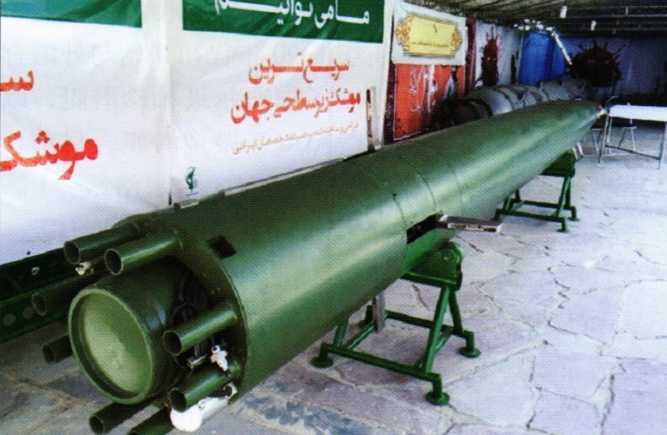
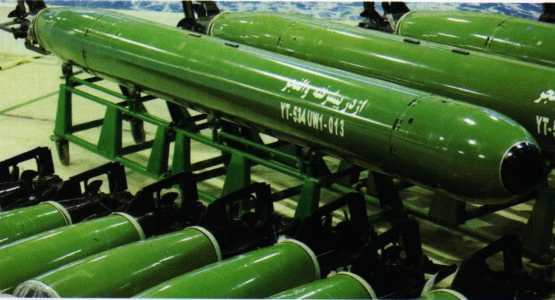
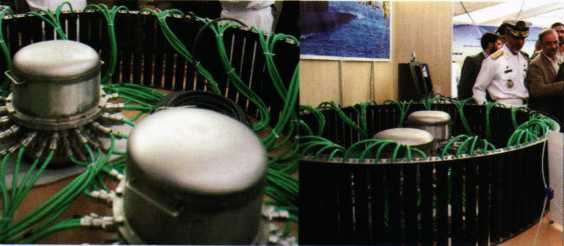
After having the 3,000-ton Kilo-class large submarines and the 150-ton Ghadir-class pocket submarines, Iran believes that it is also necessary to develop small and medium-sized submarines to fill the gap between the Kilo-class and the Ghadir-class. In 2012, an Iranian officer disclosed the Fateh class under construction in an interview with foreign media.
Based on combat capabilities and missions, submarines are generally divided into four categories, namely large, medium, small and pocket-sized. Large submarines have an underwater displacement of more than 2,000 tons, carry a large number of weapons, and have a cruising range of more than 10,000 nautical miles, and can conduct ocean operations; medium submarines have an underwater displacement of 1,000 ~ 1500 tons, endurance 5000 ~ 10000 nautical miles, can go to the middle and far seas to perform combat missions; small submarines have an underwater displacement of 300~500 tons, a cruising range of less than 5000 nautical miles, and their combat range is the middle and near seas, often using cluster combat methods; the underwater displacement of pocket-sized submarines ranges from tens of tons to 100 tons, and is only suitable for conducting maritime guerrilla warfare or special operations such as covert reconnaissance along the coast. The outstanding features of small and pocket-sized submarines are low noise, good concealment, and ease of approaching targets to attack.
The underwater displacement of the Kilo class exceeds 3000 tons, and it is a large submarine; the underwater displacement of the Ghadir class is The Fateh class, which weighs about 150 tons, can be classified as a pocket submarine; the Fateh class, with an underwater displacement of about 600 tons, belongs to a small and medium-sized submarine. Although it is not large, its potential role in war cannot be underestimated. In the more than 100 years since the advent of submarines, small and medium-sized submarines have achieved many victories in wars. The most typical one is the German Navy U- VII series submarines during World War II. The 700-ton U-VII series created an unprecedented record during World War II. From the outbreak of World War II in September 1939 to 1941, the U-VII series was the main submarine of the German Navy in the Atlantic battlefield. Throughout World War II, the U-VI series formed a "wolf pack" at sea and launched a very rampant cluster attack on the Allied transport fleet, causing heavy losses to the Allied maritime transport. As of January 1945, Germany had built a total of 676 U-VII series submarines, which was a staggering number.
The Fateh-class submarines play a connecting role for Iran’s submarine industry. After being put into service in large quantities, these small submarines will use wolf pack tactics and take advantage of the natural geographical advantages of the Gulf region, especially the Strait of Hormuz, to pose a considerable threat to the outside world.
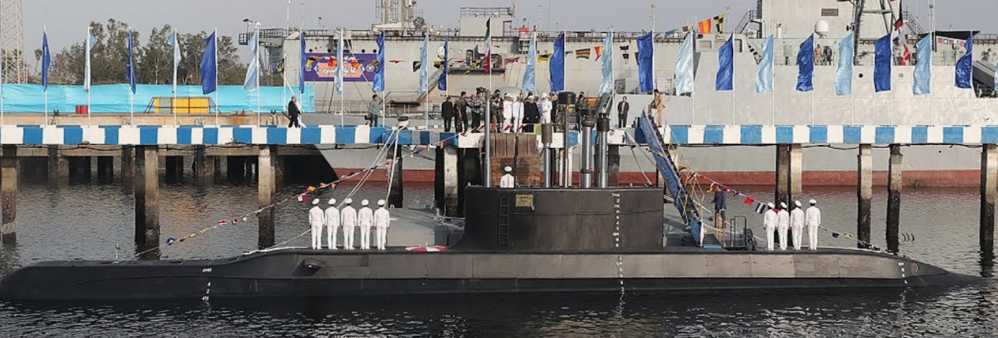
Product of a specific region
From a geographical perspective, the Persian Gulf separates Iran from the Arabian Peninsula and is connected to the Gulf of Oman through the Strait of Hormuz. The Strait of Hormuz is one of the most strategically important golden waterways in the world. This narrow waterway forms the entrance from the Gulf of Oman to the Persian Gulf and belongs to the territorial waters of Iran and Oman. The Strait of Hormuz is about 180 kilometers long at the entrance of the Persian Gulf, with a minimum width of 39 kilometers. The strait has two main channels, one in each direction, each about 3 kilometers wide, separated by a 3-kilometer-long buffer zone. Limited freshwater inflow and high evaporation of seawater make the salt concentration of the Persian Gulf seawater very high, and form complex underwater currents in the Strait of Hormuz. If small and medium-sized submarines are active here, it is difficult to be detected. In addition, most of the water depth in the southern part of the Persian Gulf is less than 30 meters. Although the sea water depth near the Iranian side is greater, the maximum depth is only 90 meters. In this shallow water environment, large and medium-sized submarines can hardly hide themselves effectively, but the acoustic environment in shallow waters is complex and changeable, which can effectively reduce the detection range of sonar, providing a very favorable activity environment for small and medium-sized submarines.
The Fateh class is Iran’s truly domestically produced submarine. The production of this type of submarine is not restricted by foreign countries. Although this class of submarines is very backward compared with other modern submarines, it can still play a role in this specific area of the Persian Gulf.


